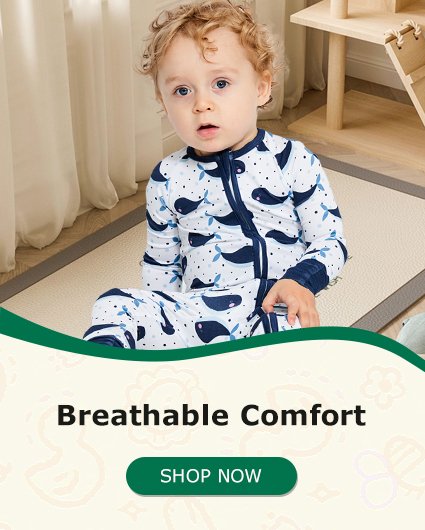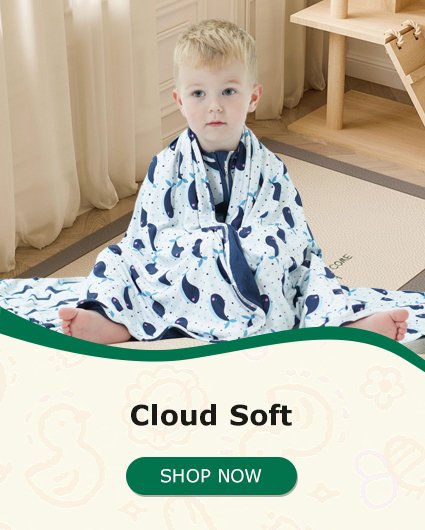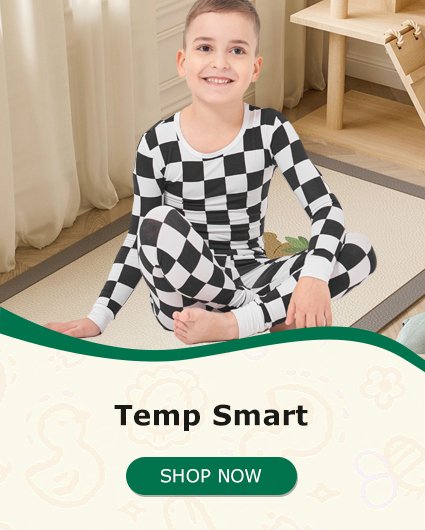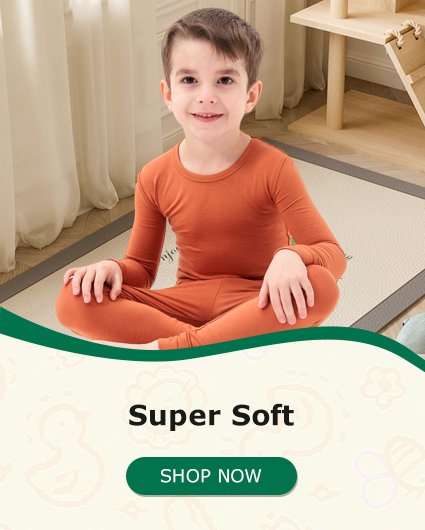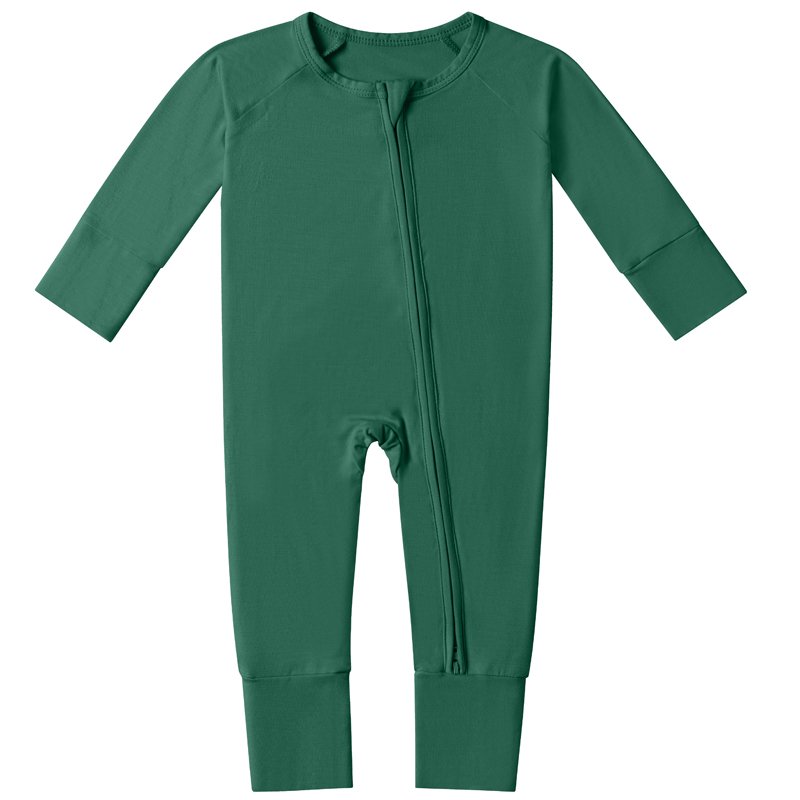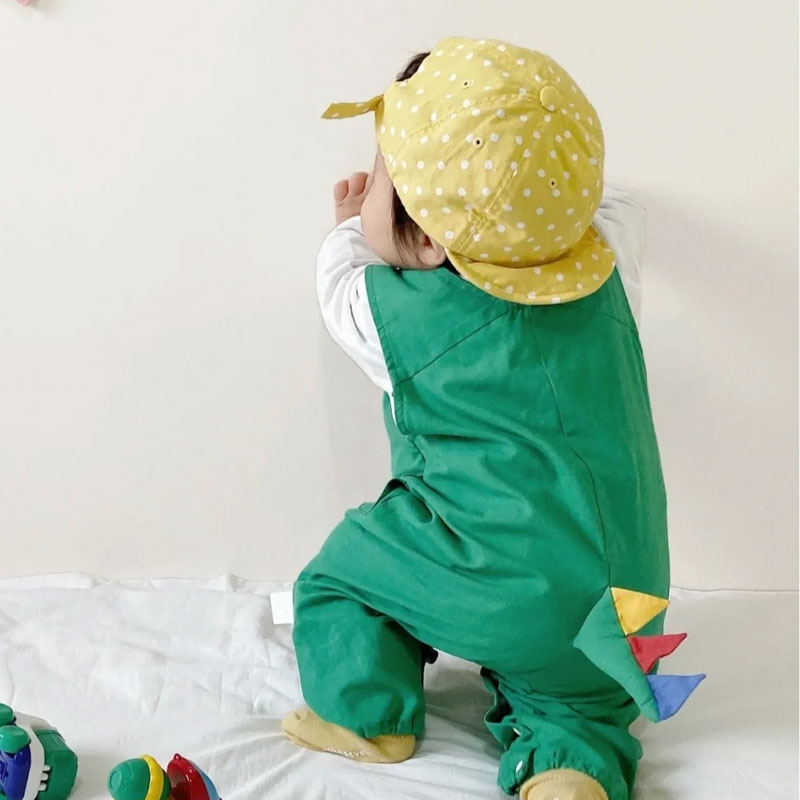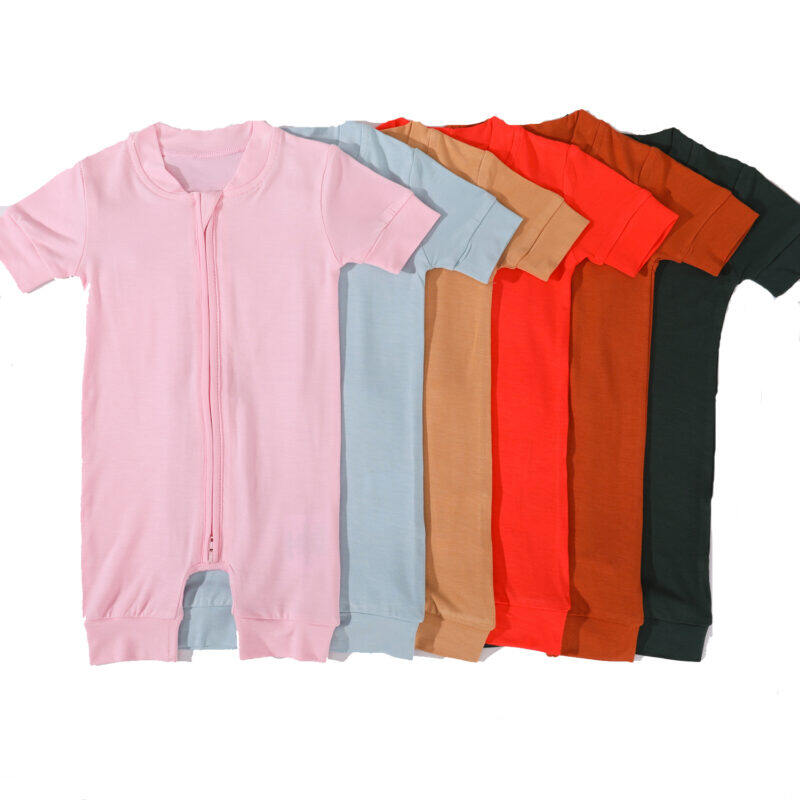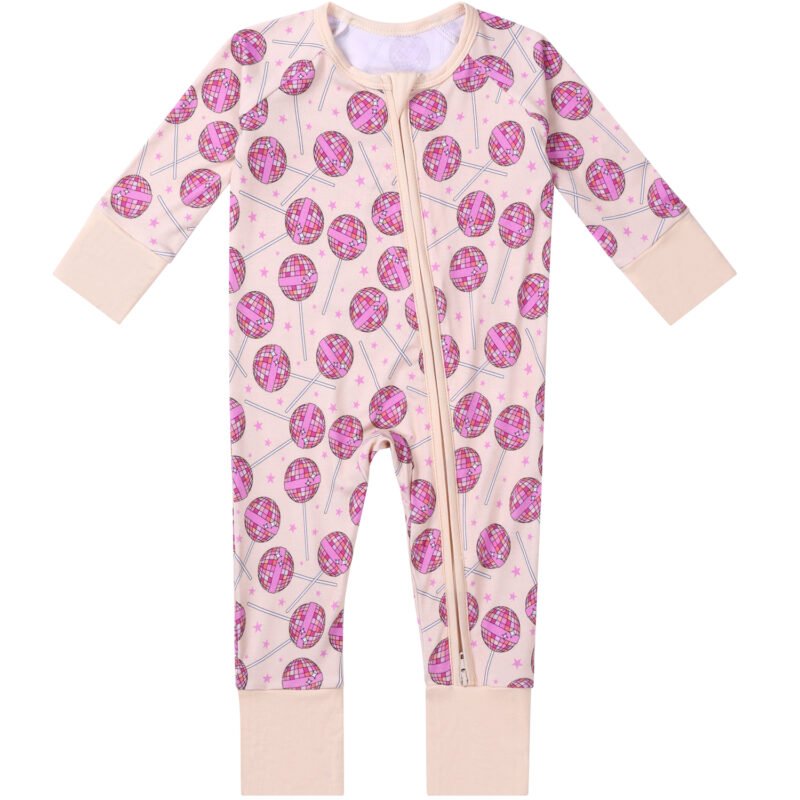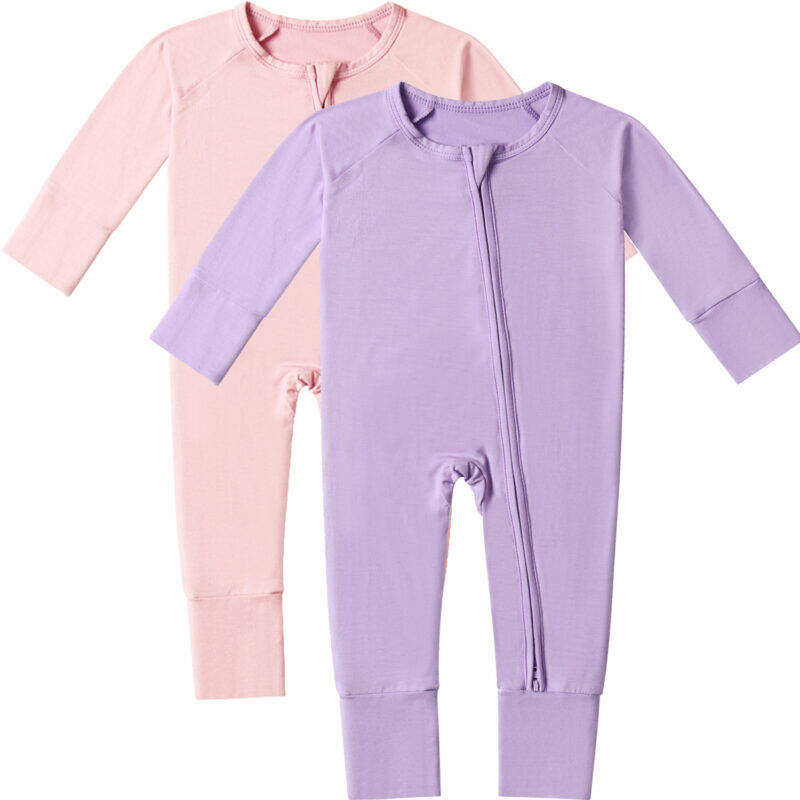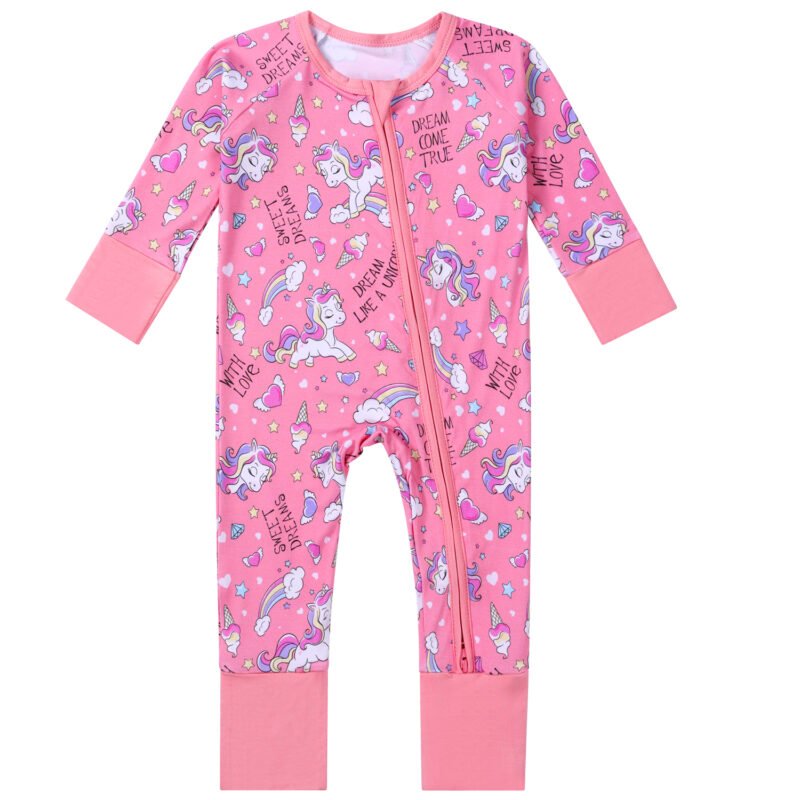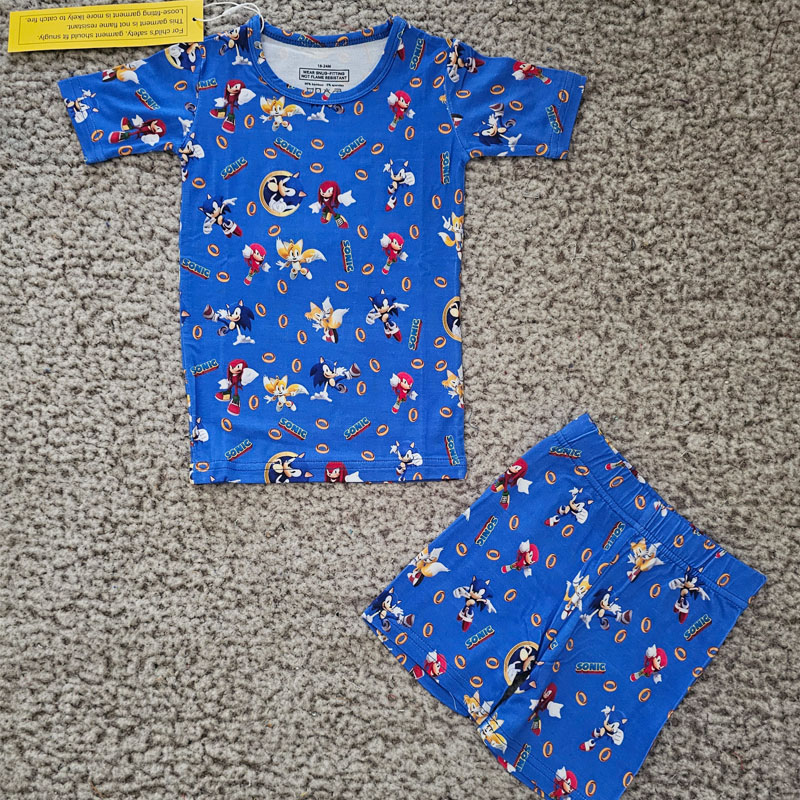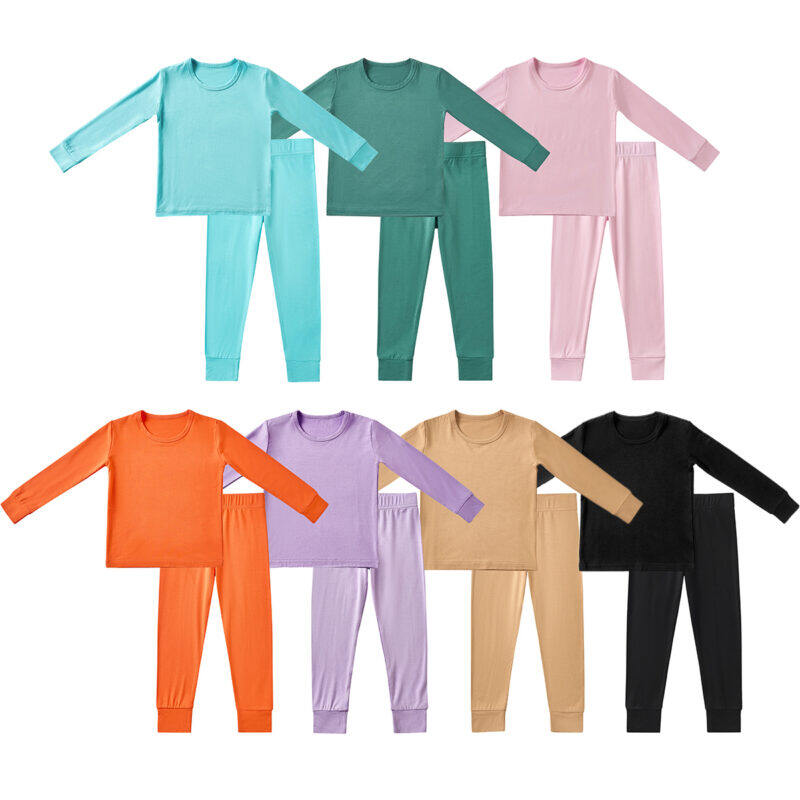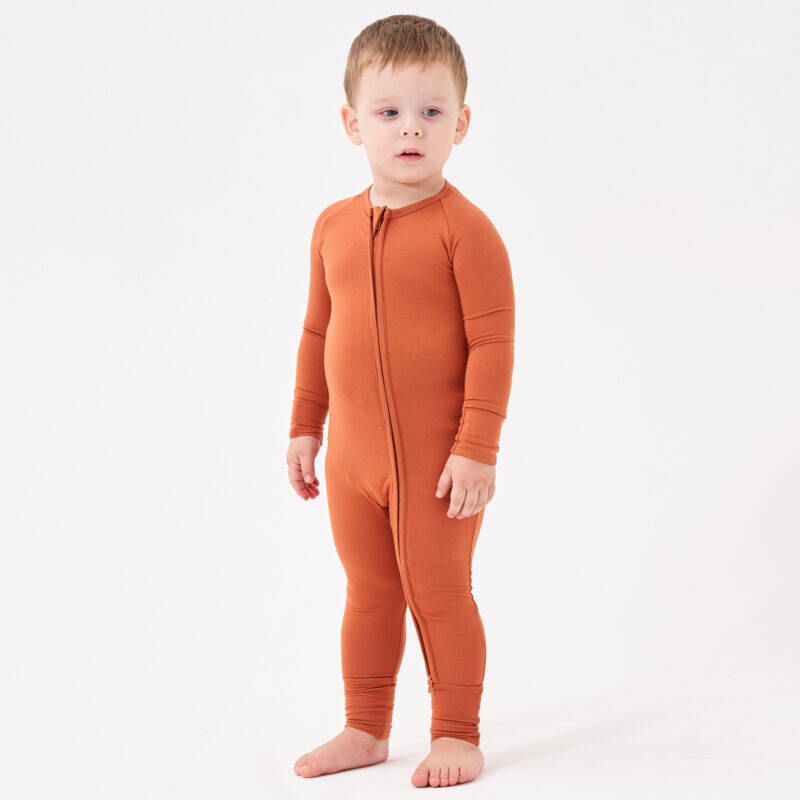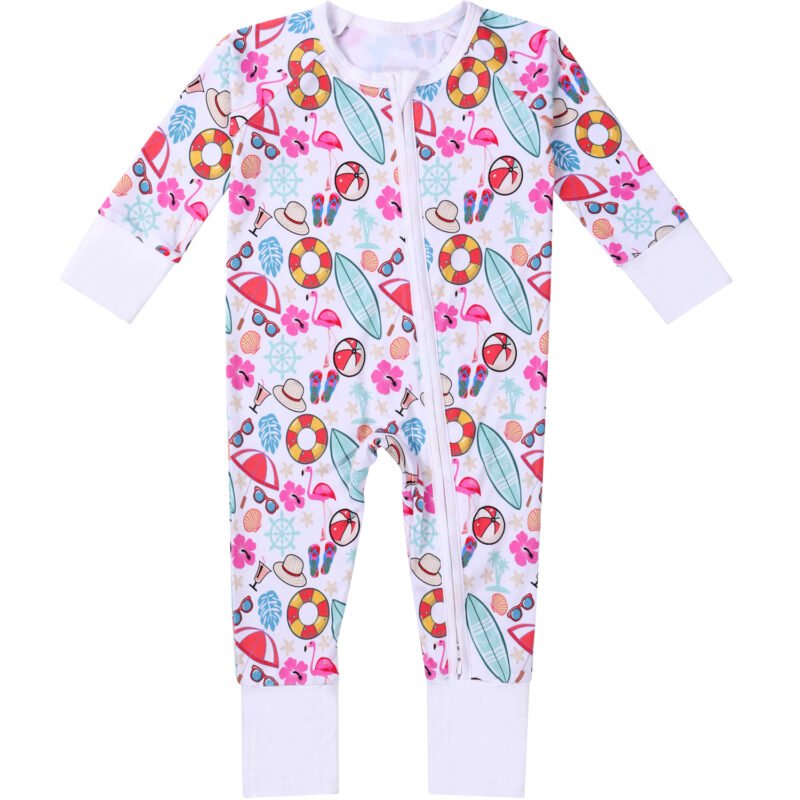When Do Babies Stop Wearing Footed Pajamas?
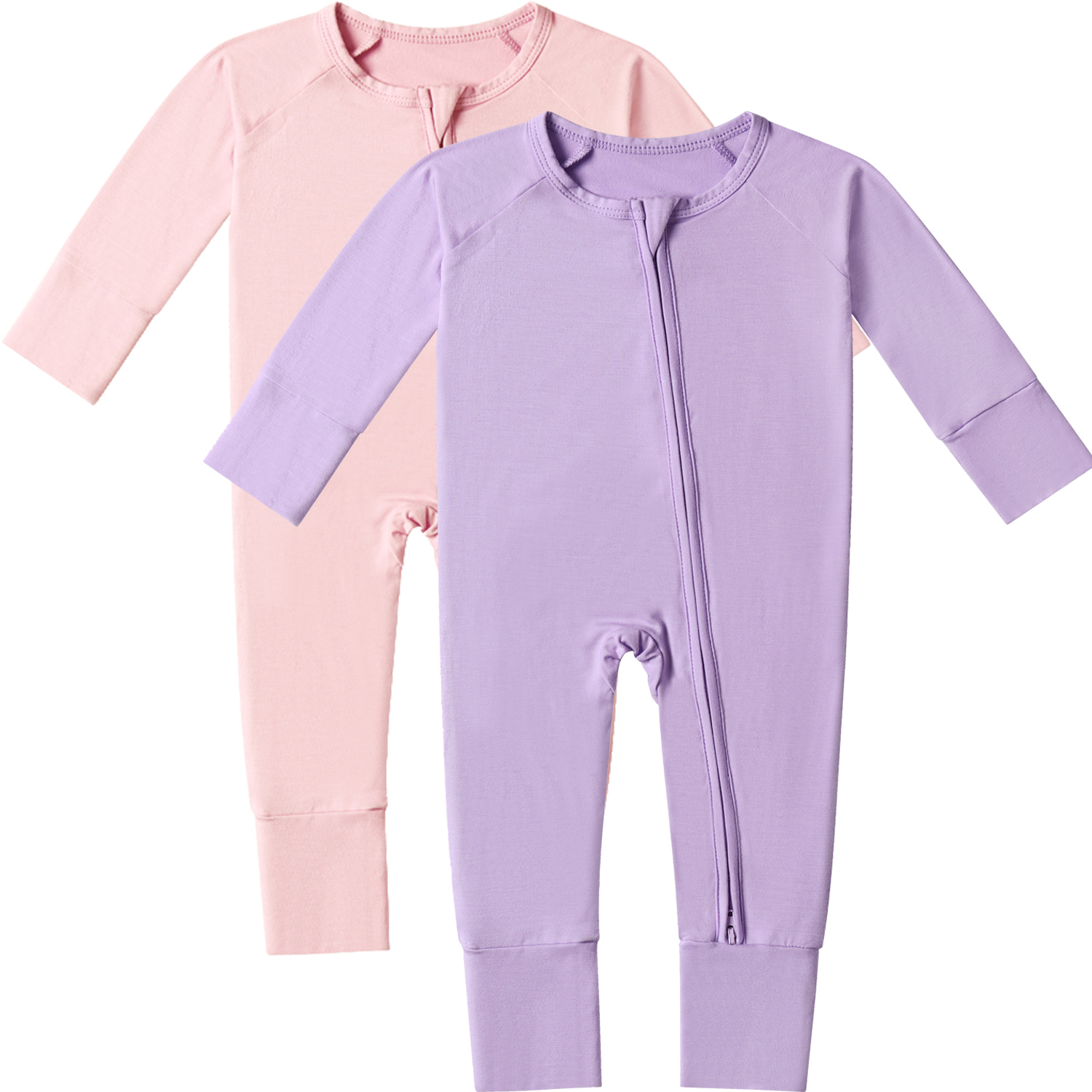
When you picture a newborn baby, chances are you imagine them snuggled up in a cozy footed pajama. Footies (or sleepers, as some parents call them) are the backbone of many baby wardrobes, especially during those early months. They’re convenient, they keep babies warm without the hassle of socks that always fall off, and they make nighttime diaper changes a little easier.
But at some point, parents find themselves wondering: When do babies stop wearing footed pajamas? Like onesies, footies eventually phase out, but the timeline depends on your baby’s growth, milestones, and your family’s preferences. Most children wear them consistently from birth until about 18–24 months, but some toddlers may continue beyond that. Here are the most common reasons why families say goodbye to footed pajamas.
THEY START WALKING
Walking changes everything—not just for your baby’s mobility, but also for their clothing. Once your little one is toddling around, you may notice that footed pajamas aren’t always practical. Even though many brands include grips on the soles to prevent slipping, a busy toddler may find more freedom moving around barefoot or in grippy socks.
Footies can also make independent dressing more challenging. A standing, wiggly toddler doesn’t always want to cooperate with being zipped into a one-piece. Switching to two-piece pajamas with a separate top and bottom is often easier and provides a chance to begin teaching your toddler how to pull on pants or lift a shirt.
THEY GET TOO WARM
As babies grow, their ability to regulate body temperature improves. While footed pajamas are great for newborns who need extra warmth, older infants and toddlers may run hot at night. Once your child starts sleeping in their own room—or if you live in a warmer climate—you might find that two-piece pajamas or sleep sacks without built-in feet help them stay comfortable without overheating.
DAYCARE OR PRESCHOOL NEEDS
Much like the transition away from onesies in daycare, footed pajamas may not be the most practical option once your child is in a group setting. Two-piece outfits are easier for caregivers to manage during diaper changes or potty breaks. If your toddler is starting to spend time outside or at preschool-like programs, you may find yourself saving footies for naps or bedtime only.
POTTY TRAINING BEGINS
Potty training is perhaps the biggest turning point when it comes to saying goodbye to footed pajamas. In the early days of toilet learning, speed and convenience are everything. Getting a toddler in and out of one-piece pajamas quickly can be stressful—not to mention messy—if accidents happen.
Two-piece pajamas allow your toddler to practice independence, pulling pants down on their own and sitting on the potty without extra fabric in the way. Many parents make the official switch to two-piece sleepwear around this stage.
STYLE AND SIZE LIMITATIONS
Even if you love the convenience of footed pajamas, most brands simply don’t make them much beyond 24 months. You may be able to find a few larger options, but once your child is firmly in the toddler years, their clothing style naturally shifts toward “big kid” looks—two-piece pajamas, dresses, leggings, and jeans. As much as parents adore footies, eventually your child’s wardrobe will reflect their next stage of growth and independence.
FINAL THOUGHTS
So, when do babies stop wearing footed pajamas? For many families, it’s sometime between 12–24 months, often prompted by walking, potty training, or simply running out of available sizes. Others may continue to use them longer for comfort, warmth, or bedtime routines. There’s no strict rule—just what works best for your child.
If you love the snug, cozy feel of footies, keep them in rotation as long as you can. But don’t be surprised if, once toddlerhood hits, two-piece pajamas become your go-to for both practicality and style. In the end, transitioning away from footed pajamas is simply another sign that your little one is growing up—one milestone at a time.

